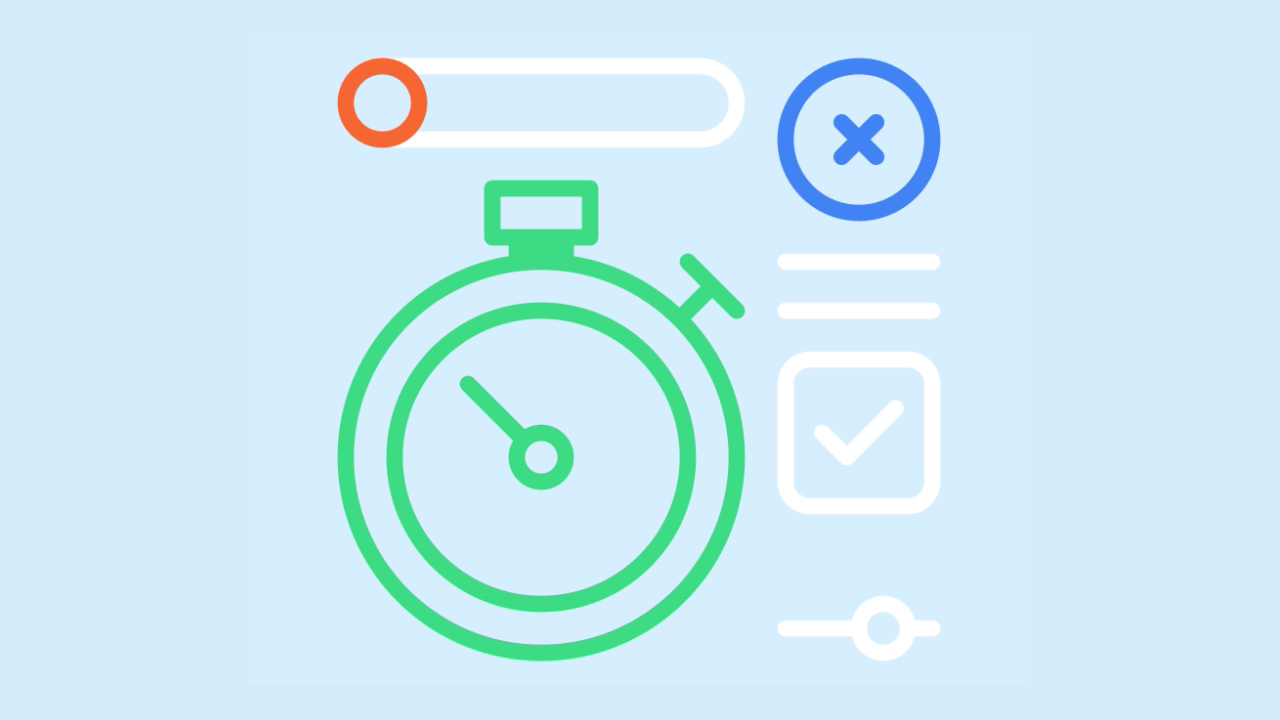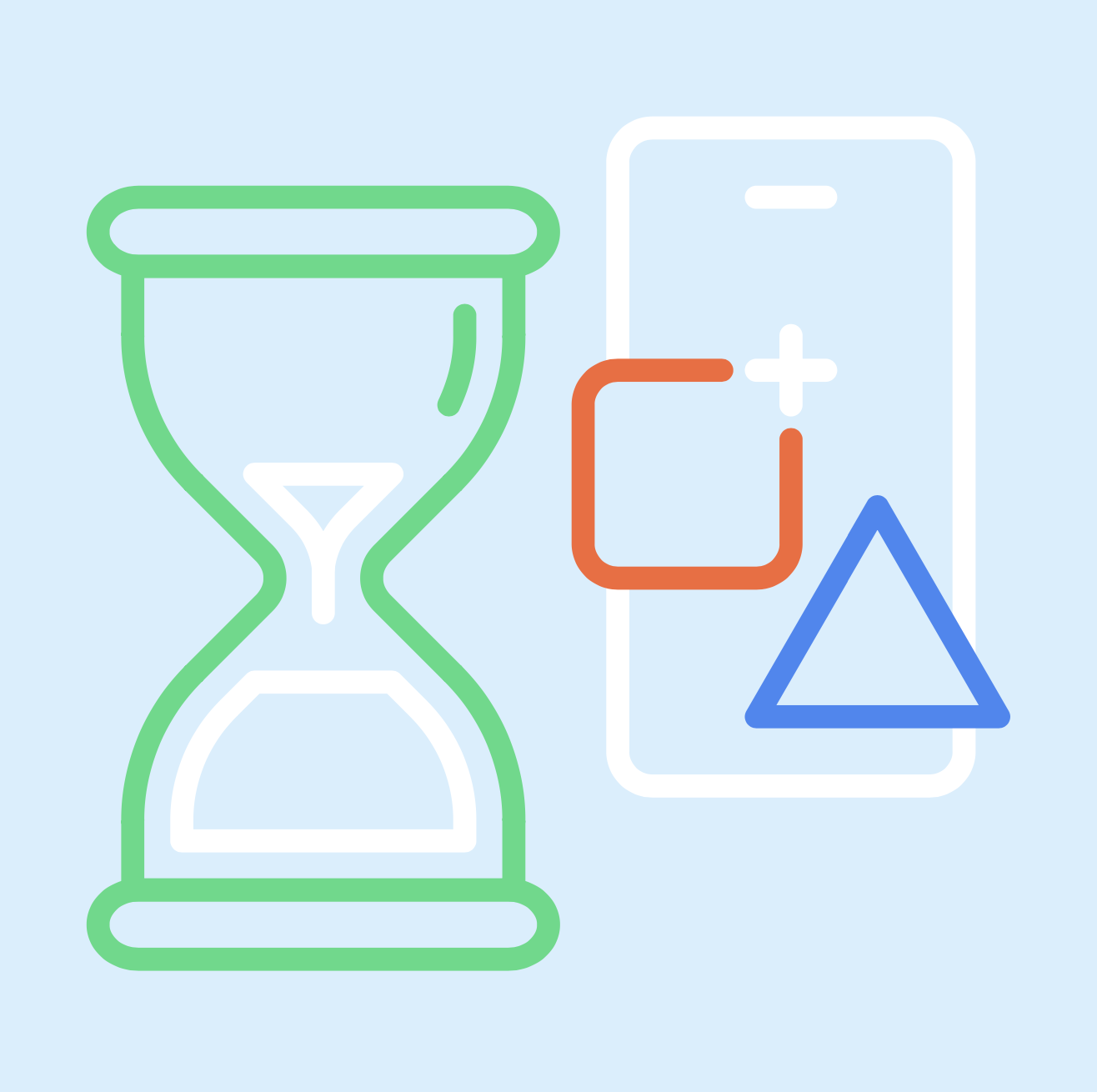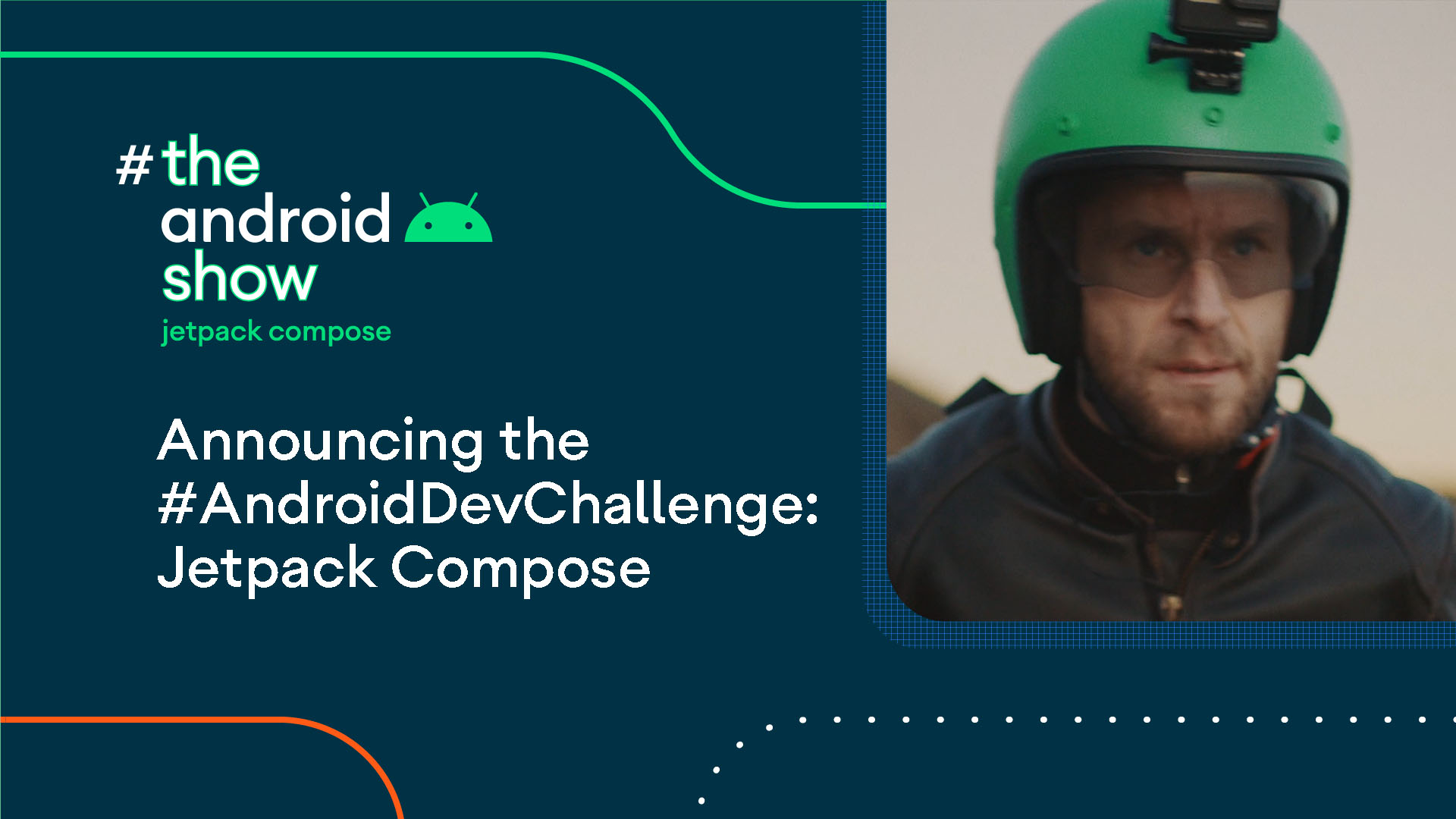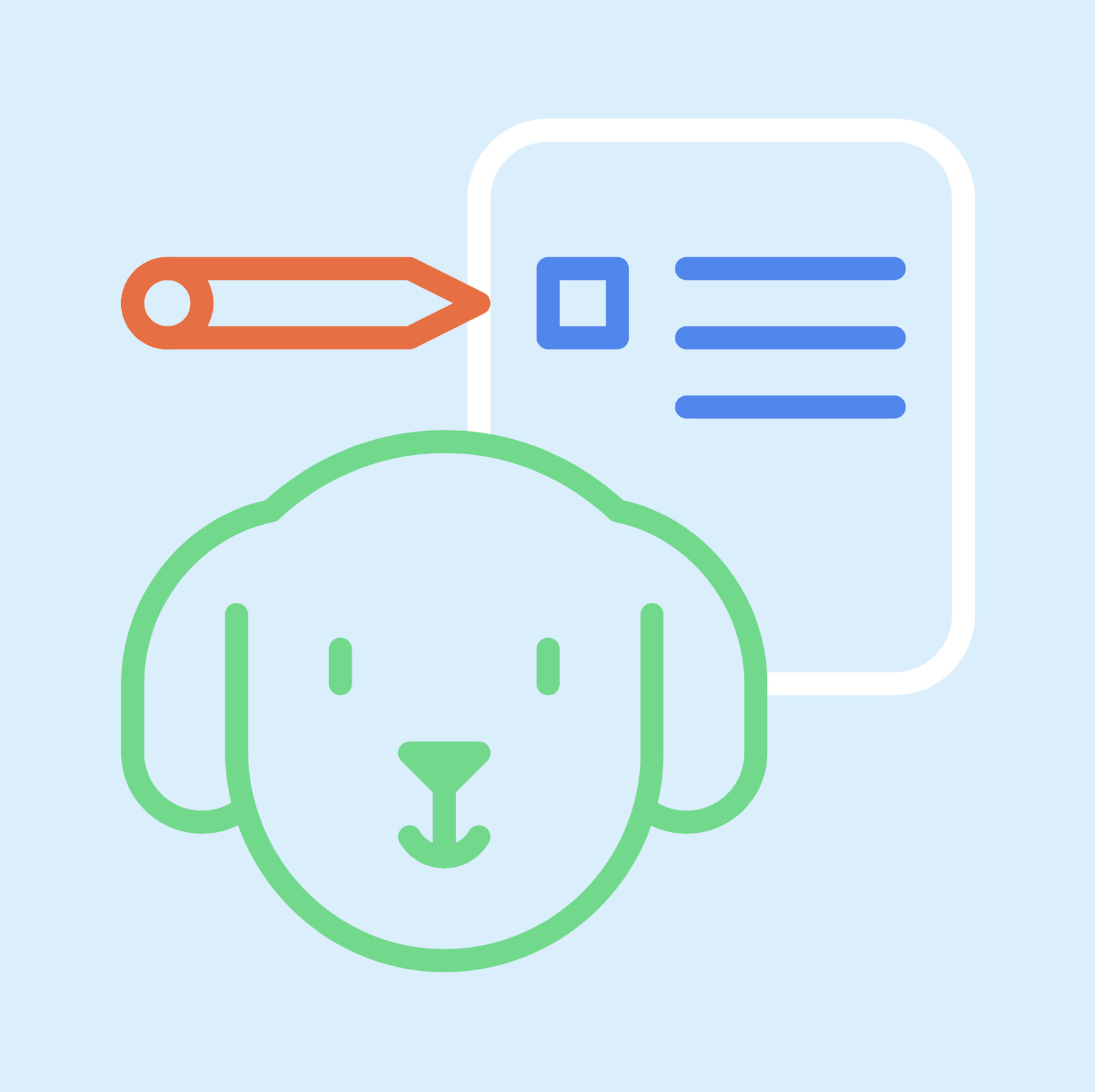Last week, Android device makers released a slew of new devices, and today we’re unpacking what that means for developers, as well as the latest in Gemini Nano, Android 15, Jetpack Compose and more, in another episode of our quarterly show, #TheAndroidShow:
The lastest wearables and foldables – get building!
Android device makers unveiled their latest wearables and foldables last week at Mobile World Congress, and we were on the ground in Barcelona taking a look at those new devices and how you can get started building on top of them. A few of our favorites:
- OnePlus Watch 2, powered with the latest version of Wear OS (Wear OS 4). This device capitalizes on the updates we’ve made to the Wear OS by Google user experience, specifically improving power and performance, you can read more here.
- Xiaomi Watch 2,the latest smart watch from the Xiaomi team. This device is powered by Wear OS by Google and provides upgraded camera, fitness, and sleep experiences to allow users to get the most from their device.
- PORSCHE DESIGN HONOR Magic V2 RSR, the world’s thinnest inward foldable smartphone. This is the latest foldable for Android and was designed with the user experience at the forefront, including human-centric eye comfort technology.
Compose is an amazing way to build apps for your users across form factors. Compose for Wear OS and the upcoming adaptive layouts for large screens help devs bring their apps to life with less code, powerful tools, and intuitive APIs. Check out the Wear OS and Large Screen galleries, where you can find UX inspiration and design guidance tailored to your type of app.
Behind the scenes, with Gemini Nano and AICore
With all of the excitement around generative AI, it could be daunting to know where to start. So in today’s show, we’re taking you behind the scenes with Gemini Nano, Google’s most efficient model built for on-device tasks, and AICore, Android’s system service for on-device foundation models. And we’re spotlighting how the team that builds the Recorder app used Gemini Nano to help summarize users’ voice memos on-device and with privacy in mind. And here’s the best part: the team built the feature in a short time with only a small number of engineers.
Now in Android
We celebrated the 100th episode of Now in Android, covering the latest developer news, including:
- The Android 15 developer preview, which includes updates to Privacy Sandbox and Health Connect, new file integrity protection APIs, enhanced camera controls, virtual MIDI 2.0 devices, an expanded Android Dynamic Performance Framework, and more.
- Android Studio Iguana🦎which is now in stable and includes Compose UI Check, Progressive rendering in Compose Previews, Version Control System support in App Quality Insights, built-in support to create Baseline Profiles, the Espresso device API, and more.
- Cloud photos, now available in the Android photo picker.
- ML Kit Document Scanner API, enabling you to easily integrate advanced document scanning capabilities in your apps.
- Wear OS Hybrid Interface, Scrolling/Skipping/Shapes in Compose, Lint, and more!
And that’s a wrap on another episode of our quarterly show, #TheAndroidShow. But the conversation continues on YouTube, X and LinkedIn: tell us your favorite part, or what you’d like us to dive into next time on our quarterly episode. And before we sign off, you can watch the full playlist, with the latest in Android developer news, here.
 Posted by Anirudh Dewani, Director of Android Developer Relations
Posted by Anirudh Dewani, Director of Android Developer Relations
 Posted by Anirudh Dewani, Director of Android Developer Relations
Posted by Anirudh Dewani, Director of Android Developer Relations



















